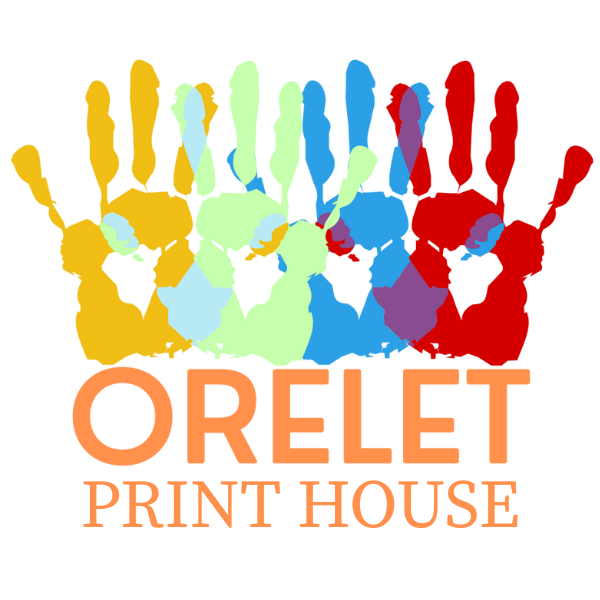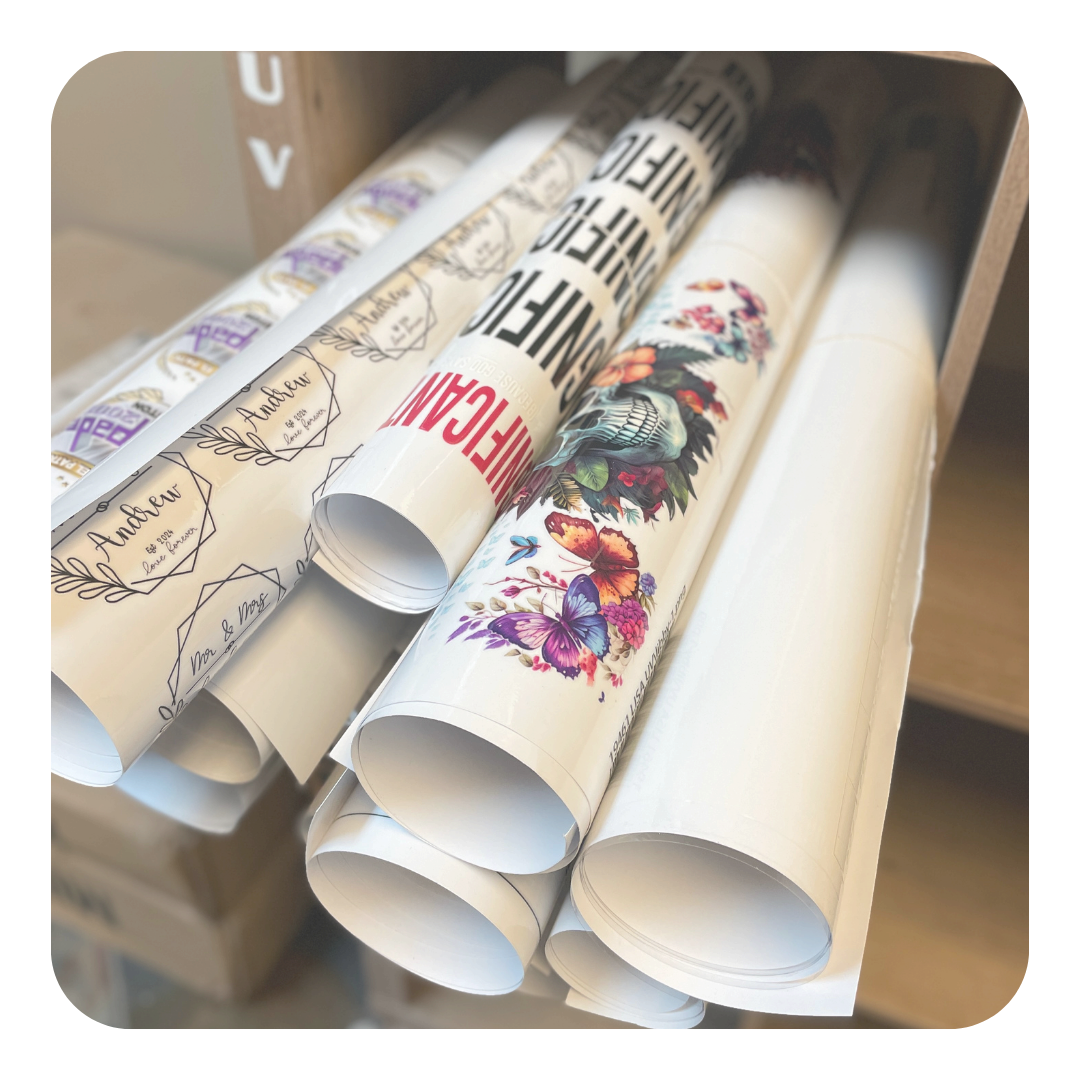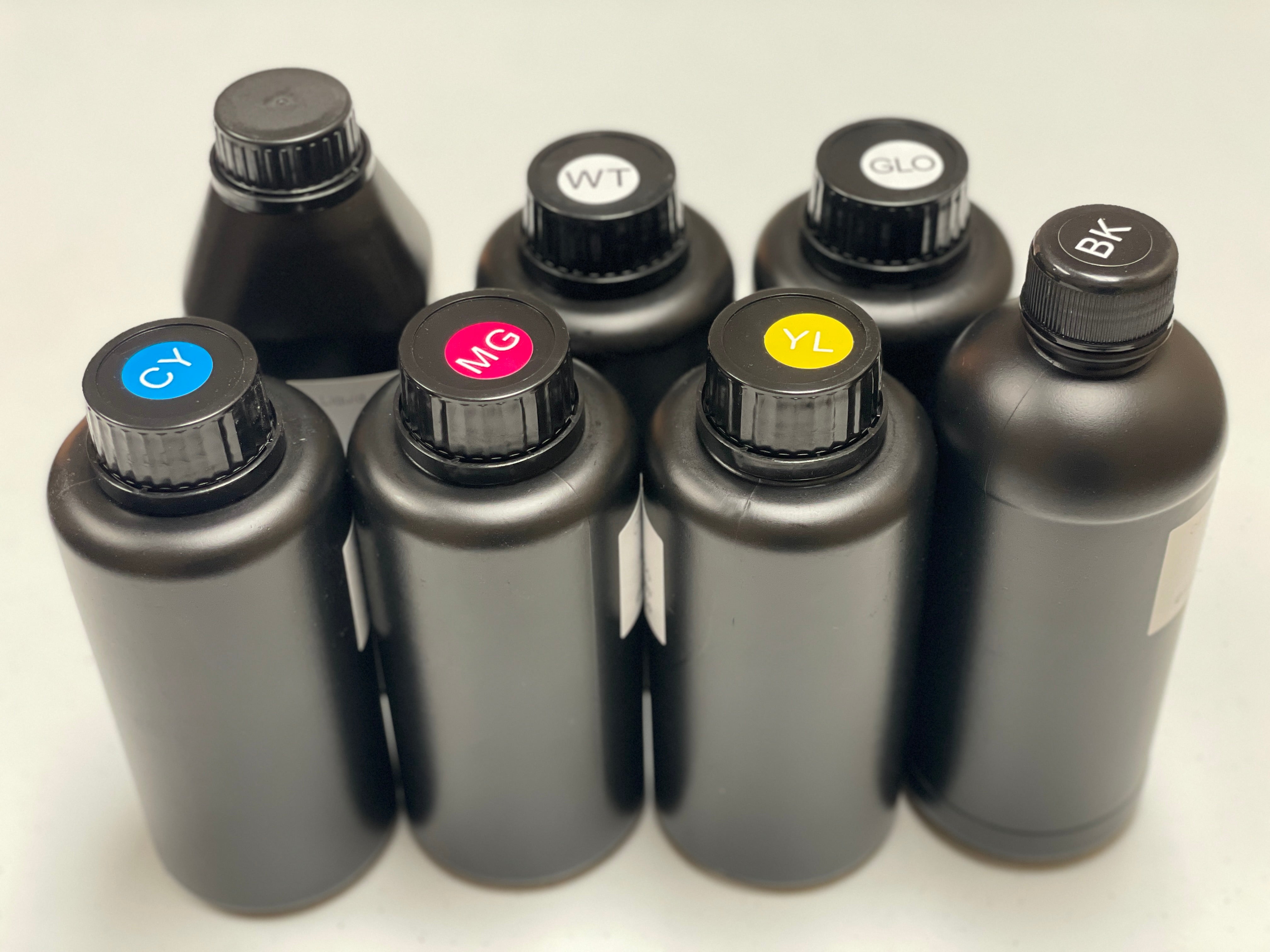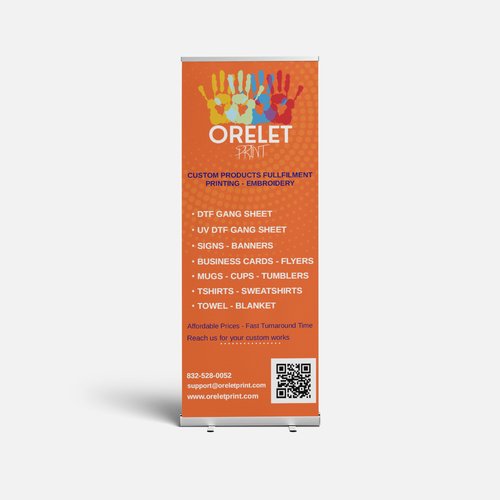In a world where customization is essential, the t-shirt and promotional products industry is transforming, with Print-on-Demand (POD) leading the way. For businesses like Orelet Print that serve schools, events, and organizations, POD offers an innovative approach to creating custom items with minimal risk and maximum creativity.
The POD industry is projected to grow by 26.1% annually until 2030, making it more than just a trend—it’s a powerful business model for growth and flexibility. Let’s dive into what POD is and how it can benefit you.
What is Print-on-Demand?
Print-on-Demand (POD) is a digital printing technology that allows products like custom t-shirts, bags, and more to be created only after a customer places an order. This eliminates the need for large inventories and simplifies the production process. Typically, POD providers handle printing, fulfillment, and shipping, making it a convenient option for offering custom products.
How Does Print-on-Demand Work?
The POD process is straightforward:
- Order Placement: A customer selects and customizes an item, such as a t-shirt or promotional product.
- Printing Process: Once the order is placed, the design is printed onto the item using the chosen print technology.
- Quality Check: The product undergoes quality inspection to ensure high standards in print clarity and durability.
- Fulfillment & Shipping: The item is packed and shipped directly to the customer, often by the POD provider.
This streamlined workflow makes POD ideal for custom printing businesses like Orelet Print, enabling rapid, low-risk fulfillment.
POD Fulfillment Services vs. POD Marketplaces
-
POD Fulfillment Services: These services print and ship each order based on your designs. You handle marketing and customer service, giving you more control over your brand.
-
POD Marketplaces: With these platforms, you upload designs, and the marketplace takes care of everything from sales to fulfillment. It’s hands-off but provides less control over branding.
The right choice depends on whether you want to manage customer relationships (fulfillment service) or prefer a more passive income model (marketplace).
Who Benefits from POD?
POD is a great option for:
- Entrepreneurs and side hustlers
- Established brands expanding into custom merchandise
- Artists and designers
- Organizations and schools looking to create branded apparel or products for events
POD is flexible, making it easy to test new products and serve niche markets.
Leveraging POD to Your Advantage
Beyond just a printing method, POD is a strategy. You can experiment with different designs, try out new product types, and even test advertising ideas without the upfront cost of inventory. It’s perfect for businesses like Orelet Print that want to bring creative custom options to their clients with ease and efficiency.
The Pros and Cons of POD
Pros:
- No inventory investment: You don’t need to stock products, saving money.
- Quick setup: Start selling quickly, with little setup time.
- Creative freedom: Design freely without worrying about manufacturing logistics.
- Testing potential: Try new ideas without high upfront costs.
- Managed fulfillment: Providers handle shipping and fulfillment.
Cons:
- Higher per-item cost: Producing items individually costs more than in bulk.
- Extended shipping times: Custom production can increase fulfillment time.
- Lower margins: Per-item costs can reduce profit margins.
- Limited packaging control: Customizing the unboxing experience can be challenging.
Setting Up a DIY POD Business
If you want to oversee quality and boost profits, consider a DIY POD approach, especially with DTF (Direct-to-Film) transfers. This setup allows you to control every aspect of production, giving you greater flexibility and potentially higher margins. While it requires some initial investment in equipment, it’s ideal for businesses focused on quality and customer satisfaction.
POD Printing Methods
POD utilizes various printing techniques to meet different needs:
- DTG (Direct-to-Garment): Best for detailed designs and cotton products.
- DTF (Direct-to-Film): Durable, vibrant, and works across many fabrics, making it a top choice for versatile, high-quality prints.
- Screen Print Transfers: Combines tradition with POD, providing long-lasting prints at bulk rates.
- Sublimation and Cut-and-Sew: Ideal for edge-to-edge prints and premium items, especially on polyester fabrics.
Each method offers distinct benefits, so you can choose based on your product and audience needs.
The Growing POD Market
The POD industry is expanding fast, driven by:
- Global Reach: POD offers easy access to international markets.
- Customization Demand: Consumers increasingly want personalized products.
- Technological Innovations: New methods and materials continually enhance POD’s capabilities.
Print Your Way to Success with POD
POD offers flexibility, creativity, and market reach, transforming how businesses like Orelet Print can serve schools, events, and organizations. Whether you’re building a brand, experimenting with new designs, or growing your customer base, POD opens doors to unlimited possibilities.
Let Orelet Print be your partner in customized printing success, helping you create, promote, and deliver quality products that resonate with your audience!



























